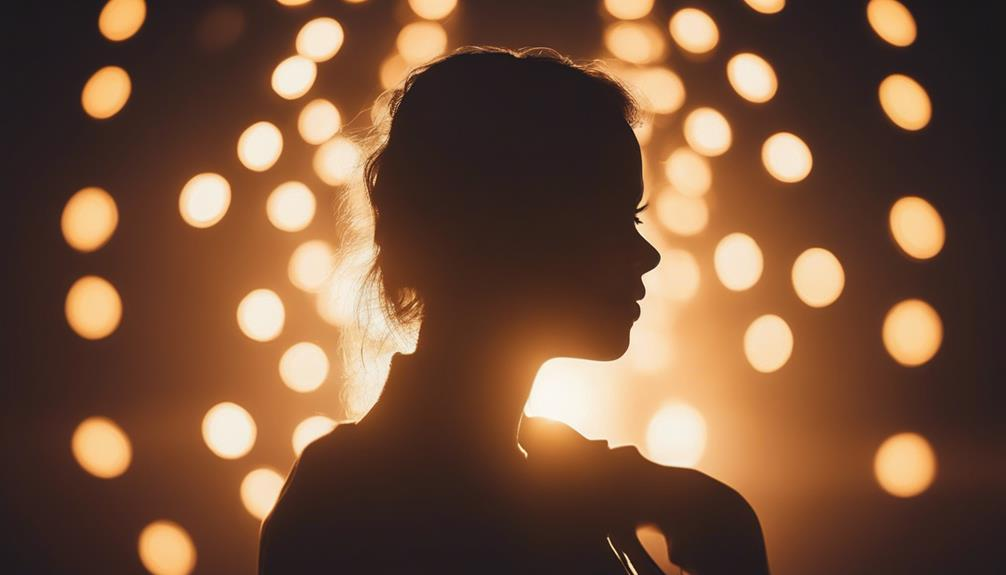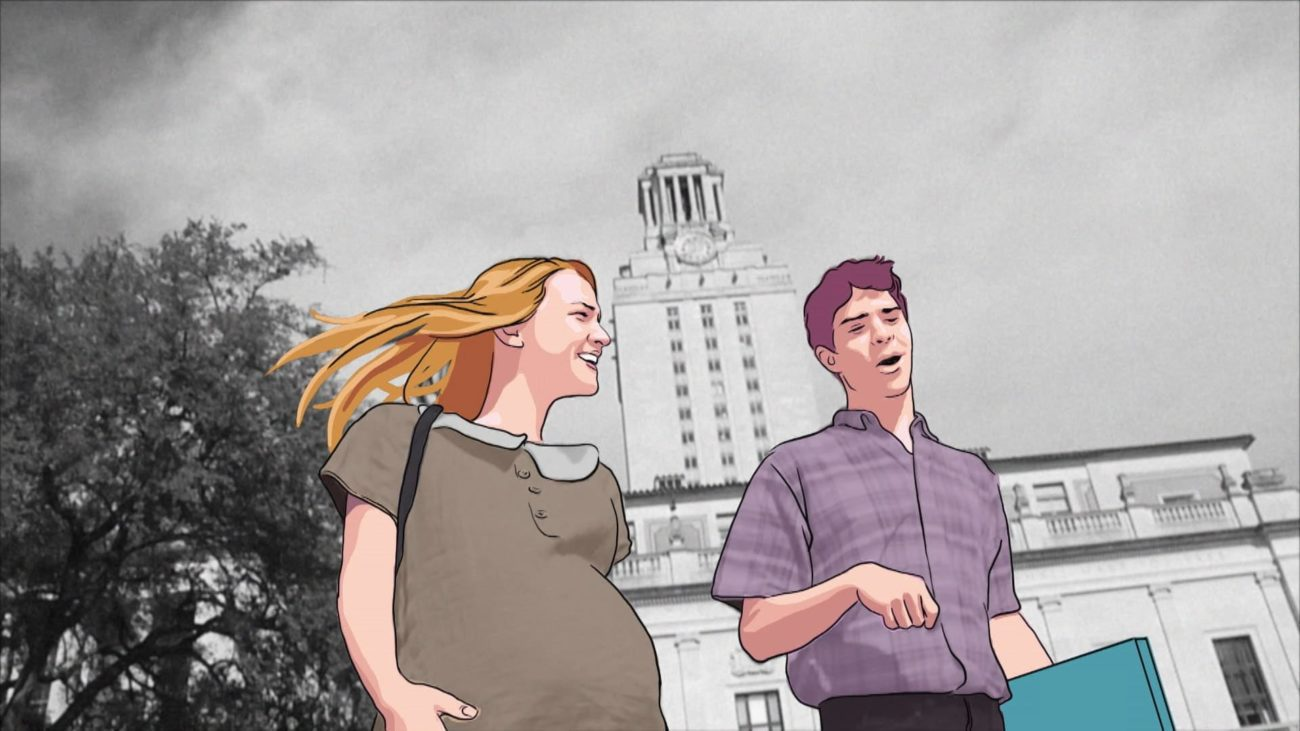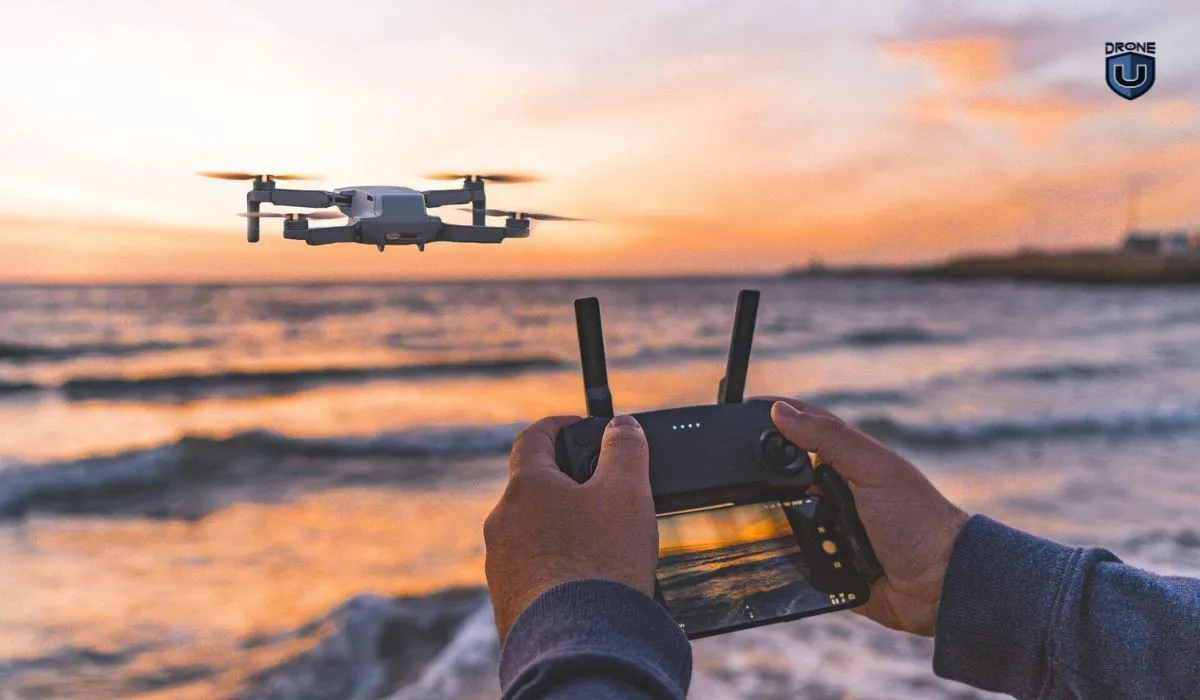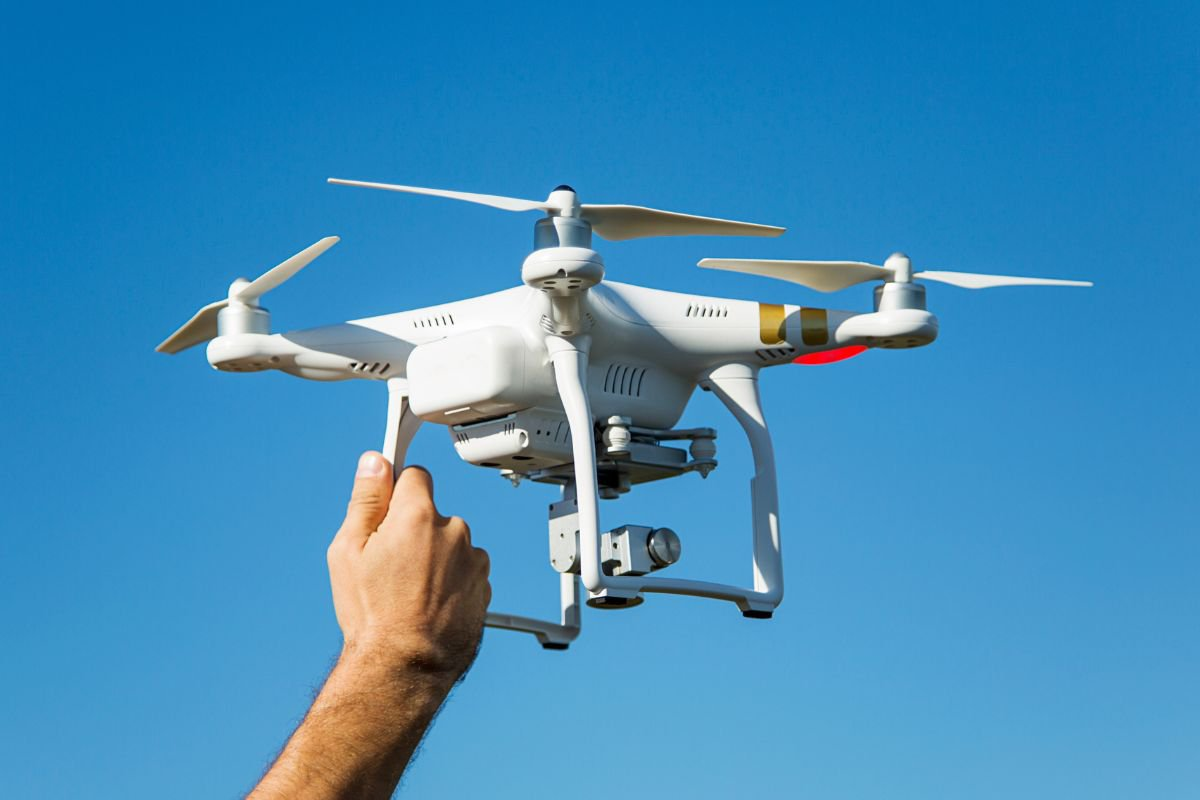Lighting composition plays a central role in creating images with emotional depth, character, and visual impact. One often under-explored technique is backlighting, where the light source is placed behind the subject. This method can produce striking silhouettes, glowing edges, or ethereal haloes, especially when used with intention and proper technique. According to Digital-Photography-School, backlighting creates strong contrast and can emphasize the mood of nature photos, portraits, or detailed scenes by lighting the subject from behind the camera’s perspective.
To achieve high-quality backlit images, begin by choosing the right time of day: golden hour (shortly after sunrise or before sunset) tends to offer softer, warm light that enhances textures without overwhelming contrast. Next, adjust exposure settings carefully. Use spot metering to expose either for the subject (if you want silhouette) or for the background if you want color or detail in both subject and sky. A reflector or fill flash can help bring light back onto the subject’s face or front side in portrait work, balancing shadows without losing the backlight drama.
Finally, composition and experimentation are essential. Seek subjects with interesting outlines or textures — translucent elements like leaves, hair, or sheer fabrics respond beautifully to backlight by glowing or letting light pass through. You can also change angles to vary how the light frames your subject: a slightly lower angle might produce more dramatic shadow lines; a side-backlight will generate rim lighting and depth. Clean lenses or lens hoods may help reduce unwanted flare unless you want that visual flare as part of your artistic expression.





